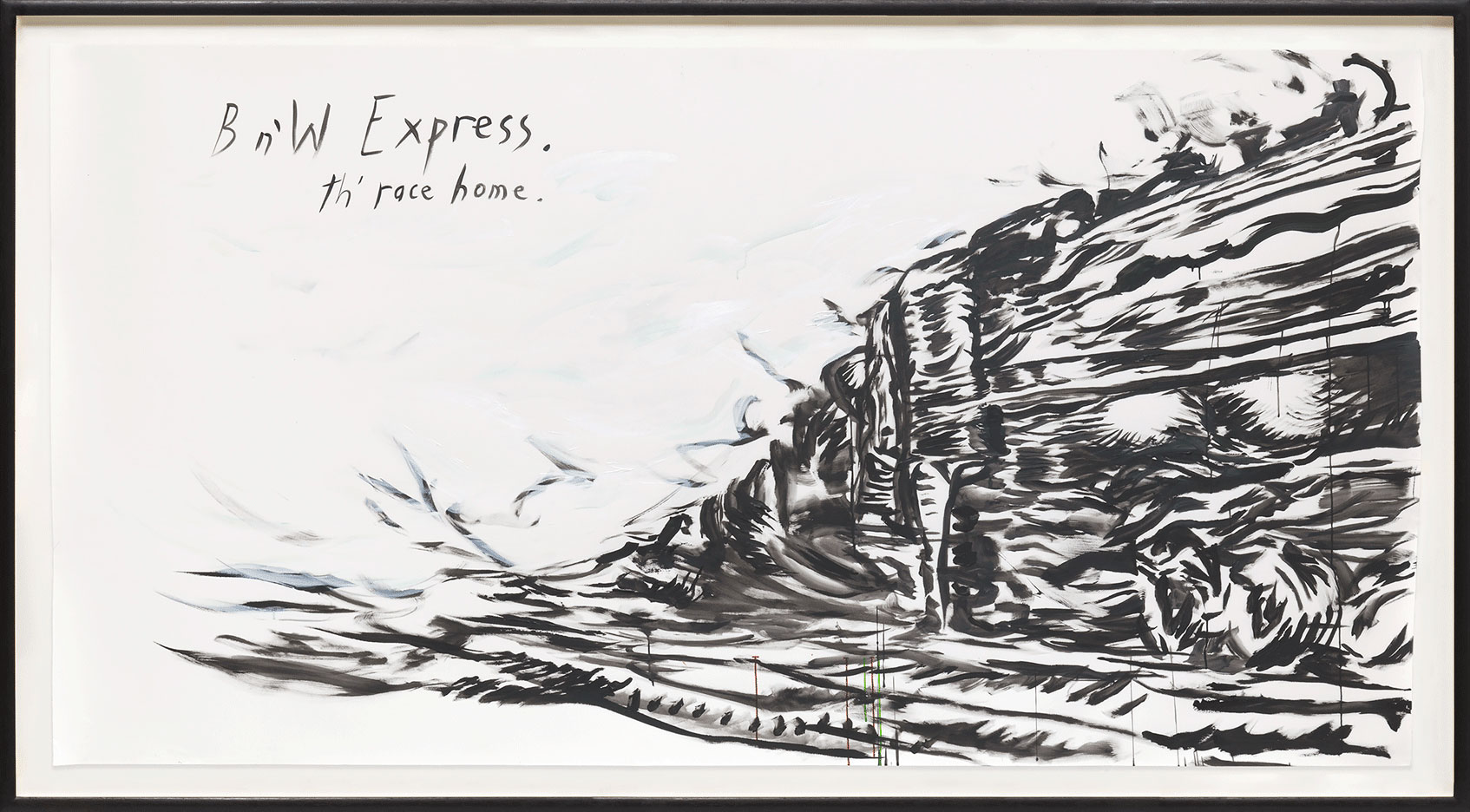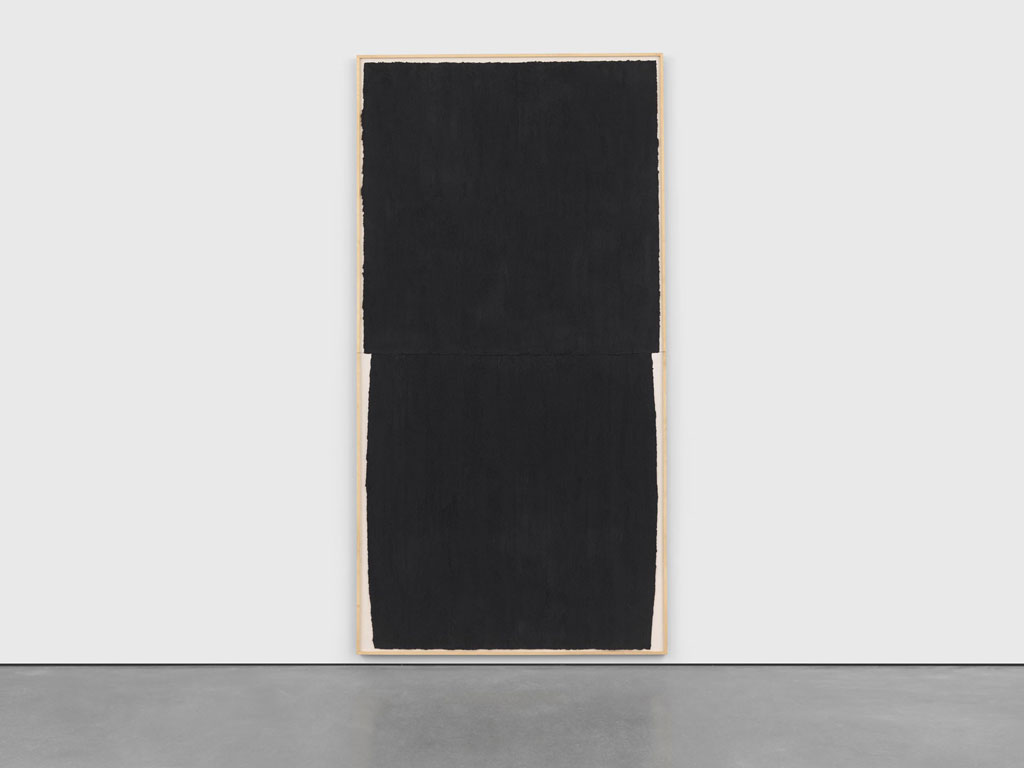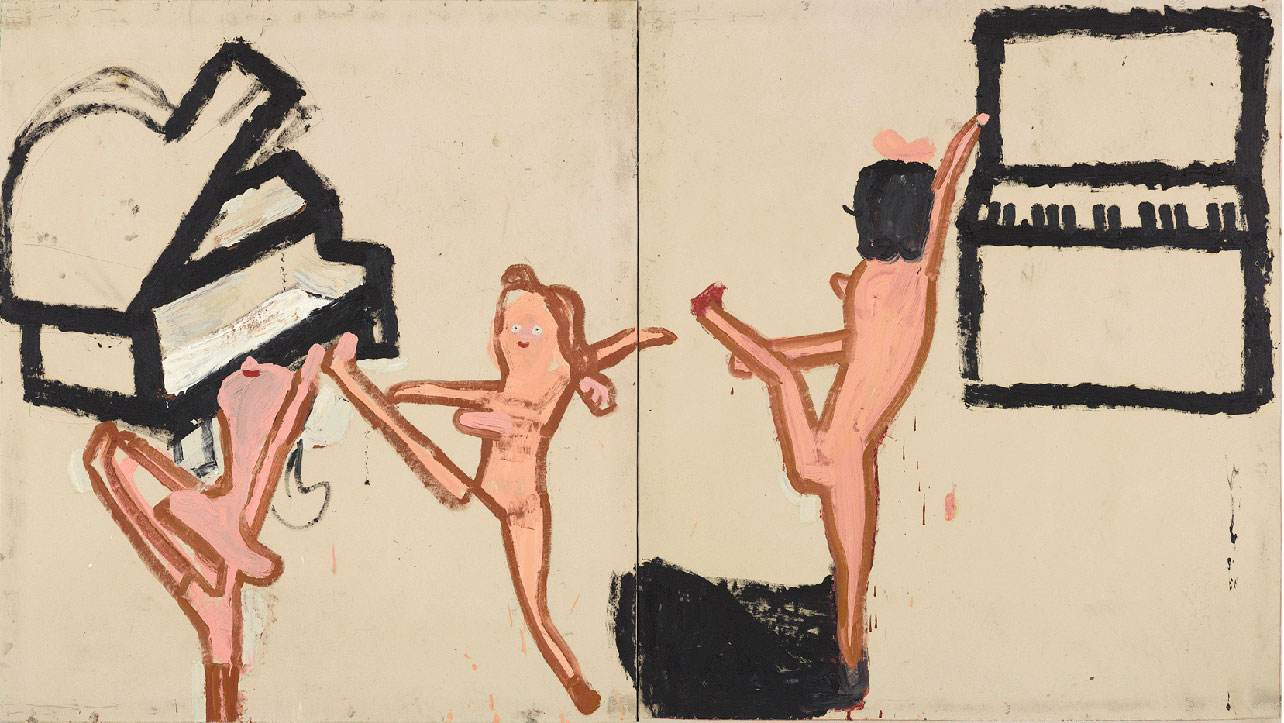ART-PRESENTATION: 20/20
 The world has never faced such uncertainty: everything from our understanding of public health and racial injustice to our geopolitical order and our social and environmental responsibilities is being challenged and rethought. 2020 may go down as the watershed year when the deck was reshuffled; and while we don’t know the future, our minds are busy speculating, anxiously rethinking and looking for a vision beyond.
The world has never faced such uncertainty: everything from our understanding of public health and racial injustice to our geopolitical order and our social and environmental responsibilities is being challenged and rethought. 2020 may go down as the watershed year when the deck was reshuffled; and while we don’t know the future, our minds are busy speculating, anxiously rethinking and looking for a vision beyond.
By Efi Michalarou
Photo: David Zwirner Gallery Archive
Whatever that vision may be, whether it entails a rebirth or set of new beginnings, the artists in the group exhibition “20/20” can help us imagine it, since the work they are doing now may contain the seeds of the future we cannot yet see.
“I WHO SLEEP IN A ILLUSION WORLD” (2020) belongs to Yayoi Kusama’s ongoing series of “My Eternal Soul” paintings, begun in 2009. These compositions embody a highly personal, even confessional dimension for the artist. Vibrant, animated, and intense, they explore line and form and are at once abstract and figurative. Their use of minute details and repetition (in terms of both shapes and brushwork) reflects the history of obsession within Kusama’s work, which derives from her desire for art that is at once autobiographical and seemingly created outside of the confines of the self.
“Basic Trajectories” (2020) belongs to a series of “Map” paintings that reflect Nate Lowman’s fascination with the representation of America. As the artist says “My goal is to dislodge the illusion that the country we live in is a fixed thing. The country is not fixed. Borders are in flux. The way it is now is not even how it should be”. 4
“Untitled (Tepoztlán, Abril 2020)” (2020) is a stark reminder of how the pandemic has impacted people everywhere. Executed on a small scale, this work plays on the historical genre of travel paintings, offering poignant commentary on the function of art during times of crisis. Francis Alÿs, who was sheltering in place in Tepoztlán during the pandemic, painted the scene on a fraying piece of Mexican bandana, grounding it in the objects and materials of everyday life.
Barbara Kruger rose to prominence in the early eighties, creating large scale black-and-white photo-based images often framed in red and overlaid with the languages of direct address. Her engagement with issues of value, gender, marginality, and the construction of consensus, coupled with a powerful visuality, continues to be singularly recognizable and resonant today. “Untitled” (2020) , displayed across several walls, belongs to the artist’s more recent body of vinyl text installations. These works present a spatialized gathering of visual and textual ideas that attempt to address the complexities of the everyday. They continue Kruger’s ongoing engagement with creating commentary about how we are to one another: our adorations, contempts, hopes, fears, desires, and disgusts.
Dana Schutz’s “The Couple” (2020) depicts two nude figures standing in front of an ominous, cresting wave, which serves as a formal device that frames the pair in a moment in time before the looming threat crashes down. At the bottom of the composition, the growing wave has pulled back the water from shore, revealing tiny crabs—rendered as dashes of bright red paint. They scurry humorously (some holding signboards and drink umbrellas) at the figures’ feet, as if carrying foretold knowledge of the impending disaster. Schutz’s layered and expressive use of paint builds the figures into organic, volumetric forms that appear sculptural. The image points to varied references: the pair can be seen as Adam and Eve being expelled from the garden of Eden, or enacting a reversal of the motif of “Death and the Maiden’’ while the bright yellow sun shown above the wave recalls annunciation scenes.
Richard Serra began creating drawings in 1971, and they continue to constitute an autonomous part of his practice. Often large in scale, the artist’s drawings are typically made with a thick impasto of black paintstick or, more recently, lithographic crayons melted and formed into a brick), which is applied to a surface in broad, dense passages. Serra’s exclusive use of black in these abstract works absorbs and reduces light, conveying a sense of weight, gravity, and mass. The “Deadweight I (The Drowned and the Saved)” (1991) belongs to a group of twelve “Deadweight” drawings from 1991-1992, each comprising two rectangular sheets of paper covered in paintstick and stacked vertically slightly overlapping one another. These works were inspired by a 1990 trip to Egypt. Serra’s first vertically oriented compositions, the Deadweight works preceded later series such as “Weights and Measures” (1994) and “Vertical Reversals” (2013), which also incorporate two stacked pieces of paper. Accordingly, ten of the twelve works in this series are named for places in Egypt. The title of the present work refers to Primo Levi’s 1987 book of essays “The Drowned and The Saved”, which reflects on the author’s experience as a survivor of Auschwitz in a series of deeply personal and philosophical meditations on memory and resilience, as well as on the complex nature of violence, and the philosophical and historical implications of the Holocaust.
Executed in oil on canvas, Toba Khedoori’s “Untitled” (2020) is based on a photograph of war-torn eastern Ghouta in Syria and depicts a succession of buildings with partially collapsed structures. The image is inverted, and thus the cubic forms of shadowy windows and stairwells appear as a glowing bright white, resembling the black and white negative in photography and playing on the conventional use of black detail on white support in drawing. First introduced in 2012, inversion is a tool Toba Khedoori uses to break down seemingly clear distinctions between the notions of original and reproduction; micro and macro; and painting and drawing. Khedoori’s enigmatic and highly detailed imagery expands to take up the entire surface of the intimately scaled canvas, a mode of representation that verges on abstraction. As is characteristic of the artist’s practice, the architectural structures in this painting are abandoned, an absence that takes on newfound significance in the context of a brutal years-long civil war.
Drawing from such wide-ranging cultural arenas as film, fashion photography, literature, mythology, history, news images, and sports, Rose Wylie paints colorful and exuberant compositions that are uniquely recognizable. Frequently using images as a prompt, the artist works primarily from memory, resulting in paintings and drawings that are replete with associative afterimages that remain only loosely tethered to their original referents, but tightly connected to the memories as they have developed over time. “Highschool Cheerleaders” (2020) is a diptych featuring three figures who appear to be attempting to perform scales, a cheerleading stunt in which the performer raises their leg diagonally to the side. Traditionally, the dancer performing the scale extends their arm up the leg, grabbing it just above the ankle while raising the other arm in the opposite direction to make a V-shape. The figures were inspired by a chance connection Wylie made between individuals depicted in a found photograph and Auguste Rodin’s small sculptures of dancers. Rendered on a large scale, the diptych references the traditions of history painting, wryly subverting the traditional genre’s staid conventions and subject matter through the artist’s conflation of high and low associations and her playful yet studied style.
Participatin Artists: Francis Alÿs, Michaël Borremans, Carol Bove, Toba Khedoori, Barbara Kruger, Shio Kusaka, Yayoi Kusama, Nate Lowman, Kerry James Marshall, Oscar Murillo, Chris Ofili, Raymond Pettibon, Neo Rauch, Dana Schutz, Richard Serra, Wolfgang Tillmans, Luc Tuymans, Andra Ursuţa, Rose Wylie, and Lisa Yuskavage.
Info: David Zwirner Gallery, 537 West 20th Street, New York, Duration: 29/10-19/12/2020, Days & Hours: Tue-Sat 10:00-18:00 (by appointment only), www.davidzwirner.com
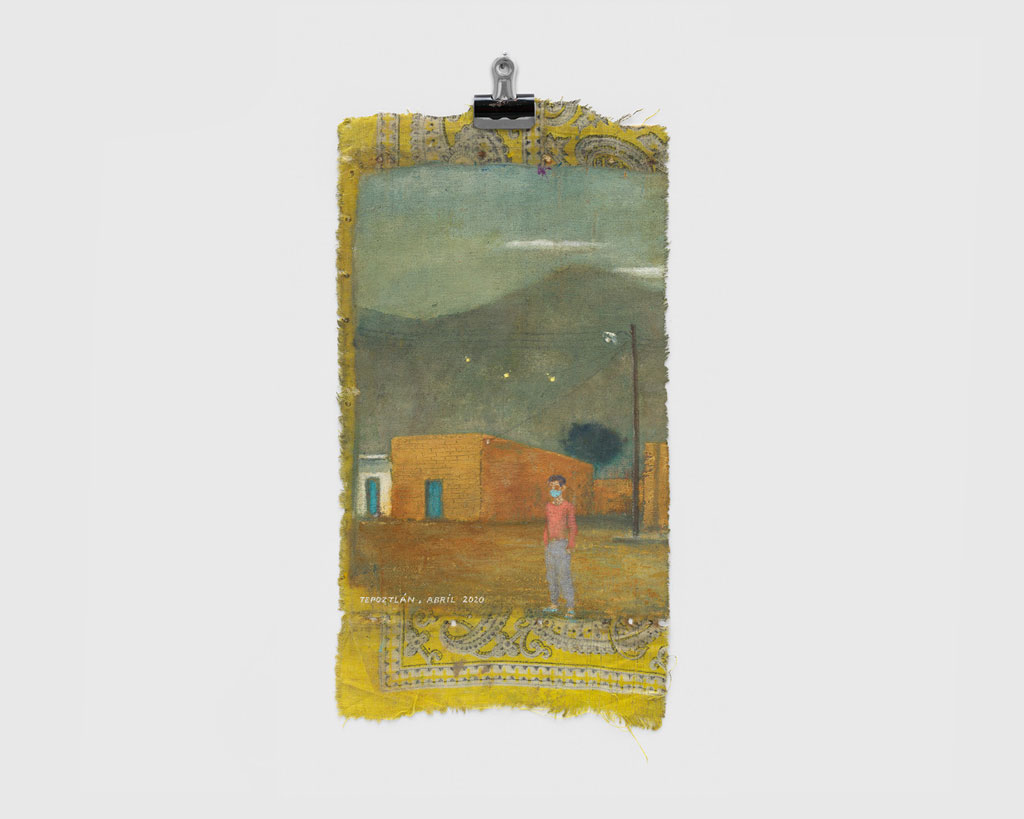
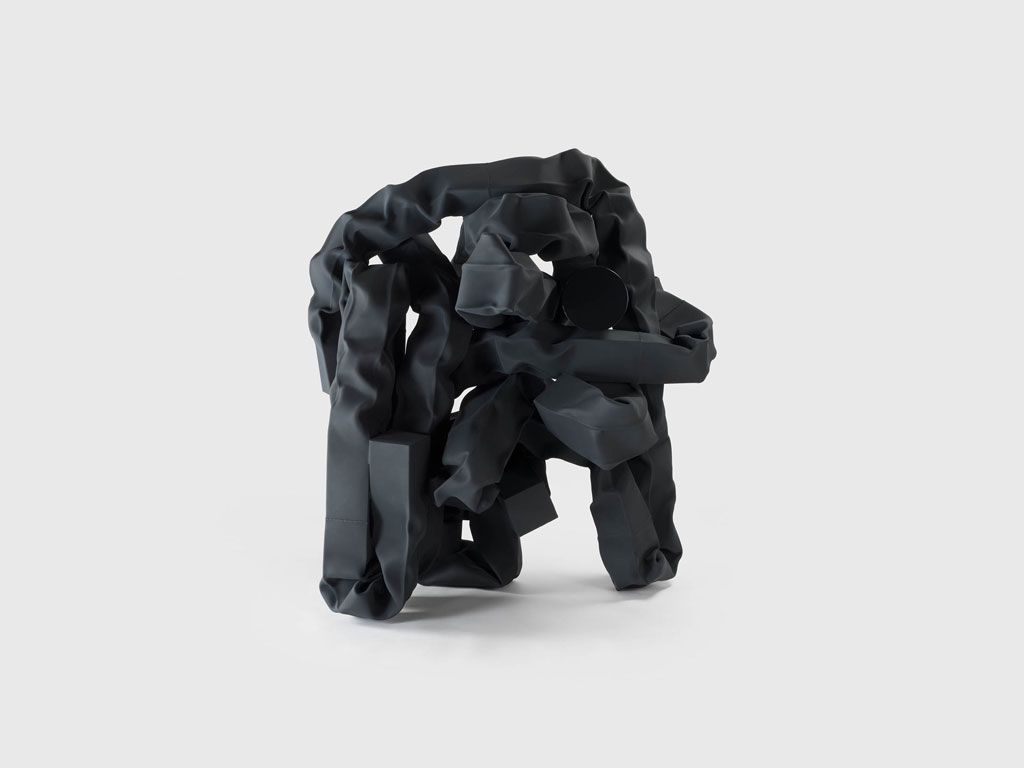
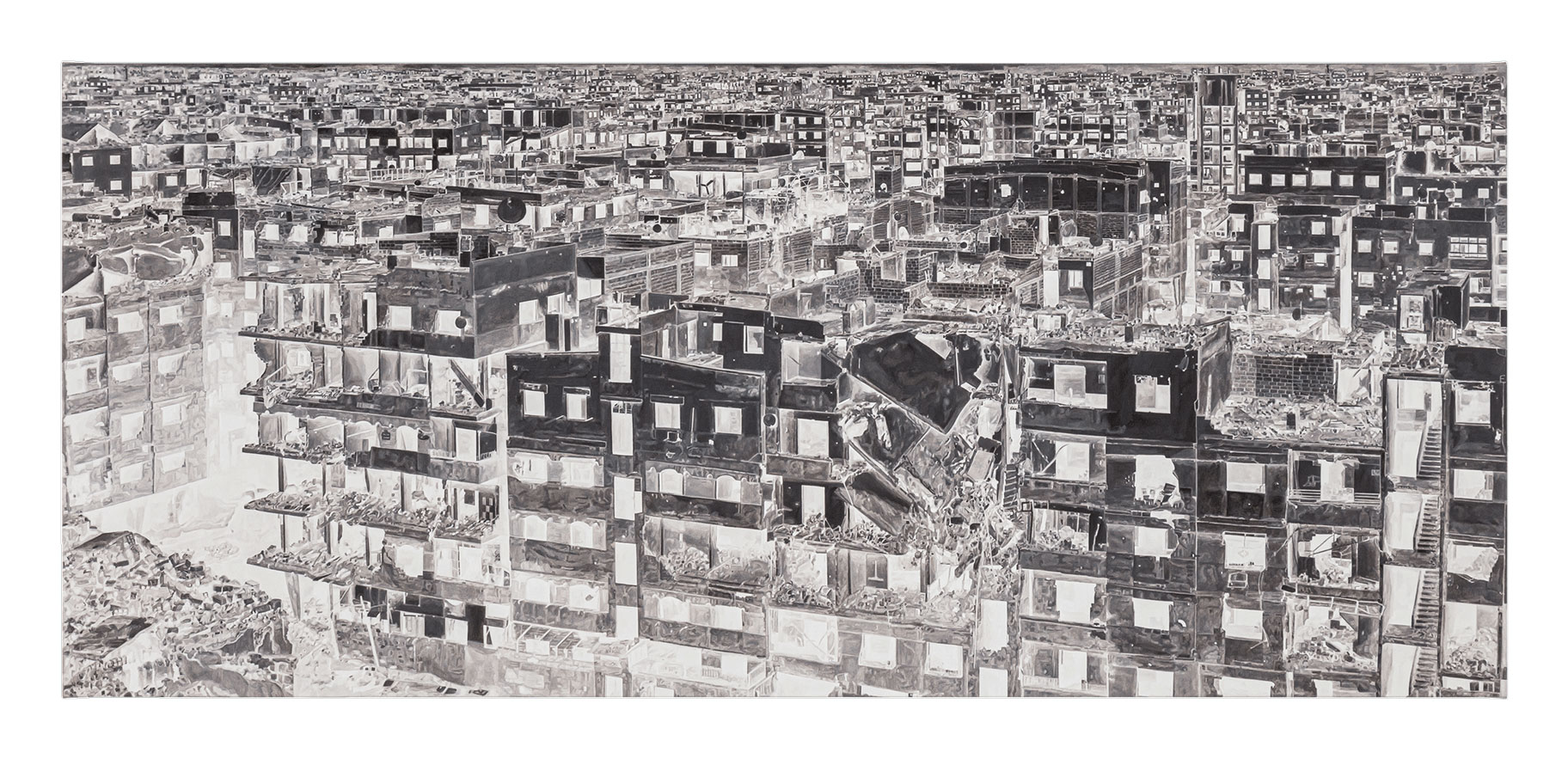
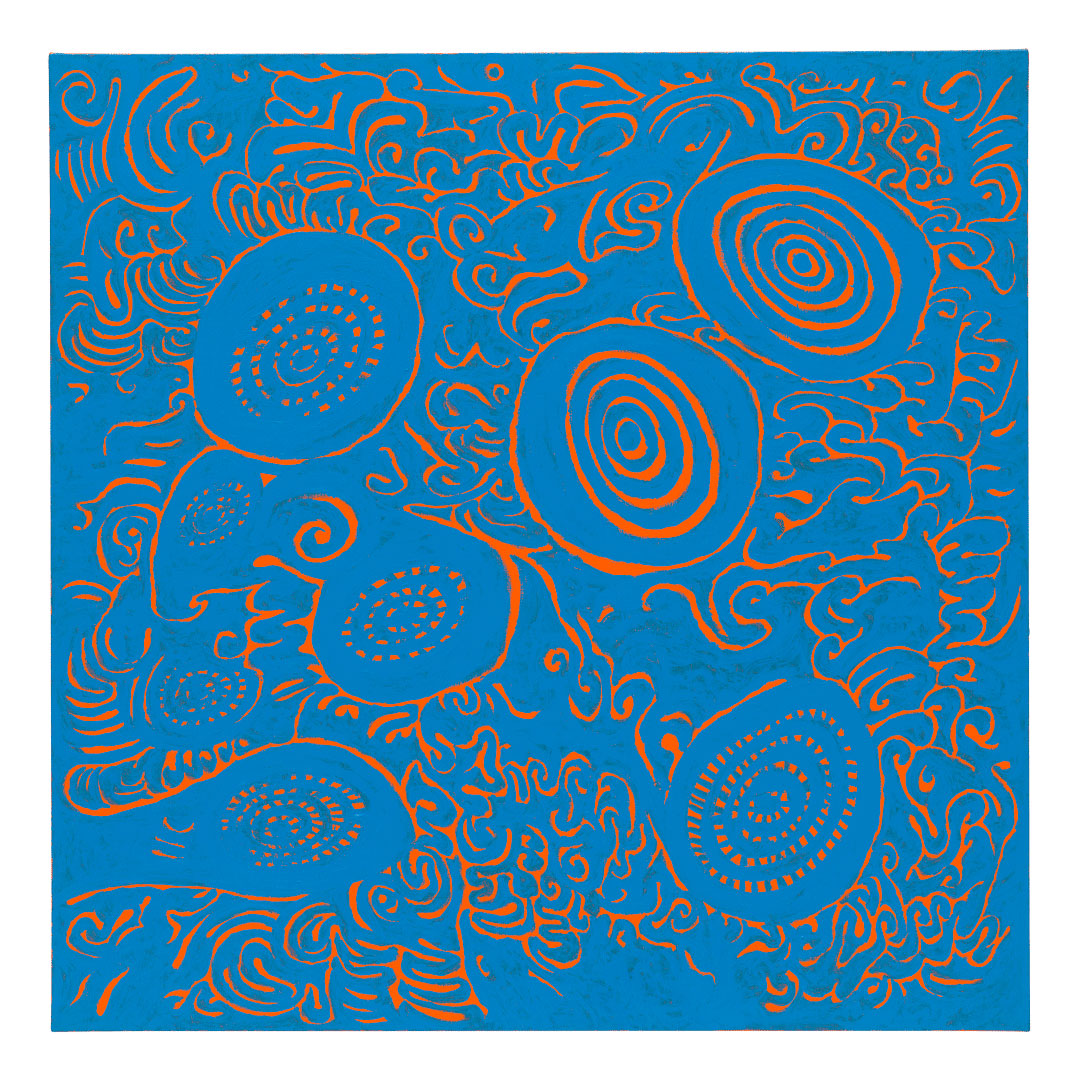
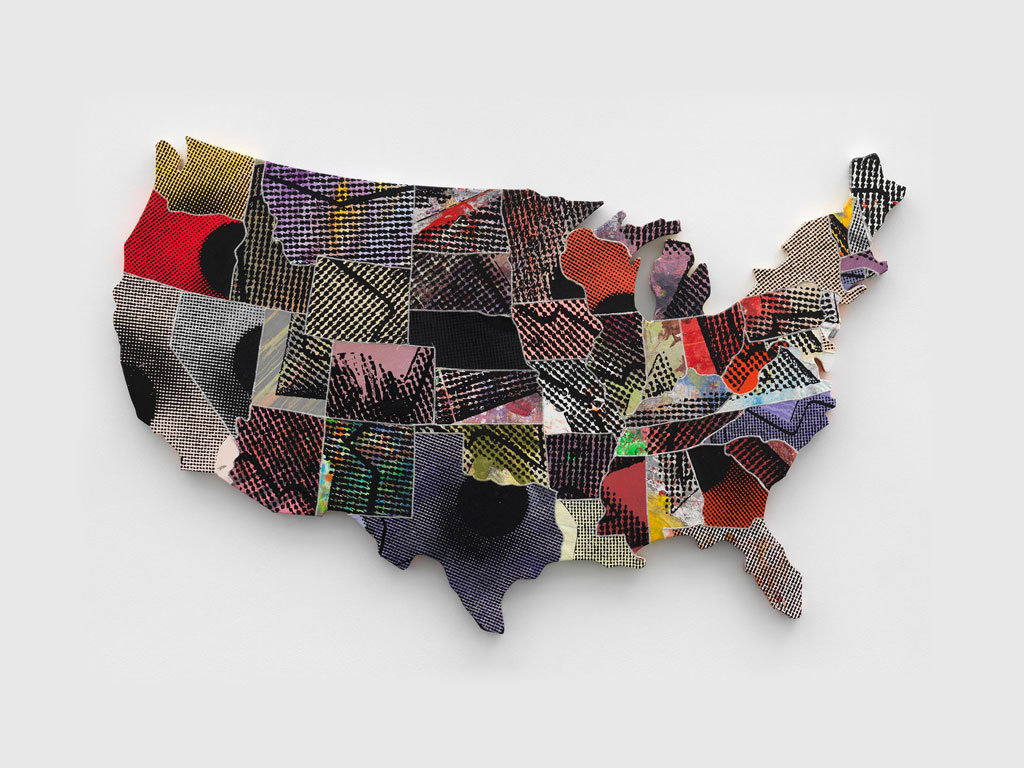
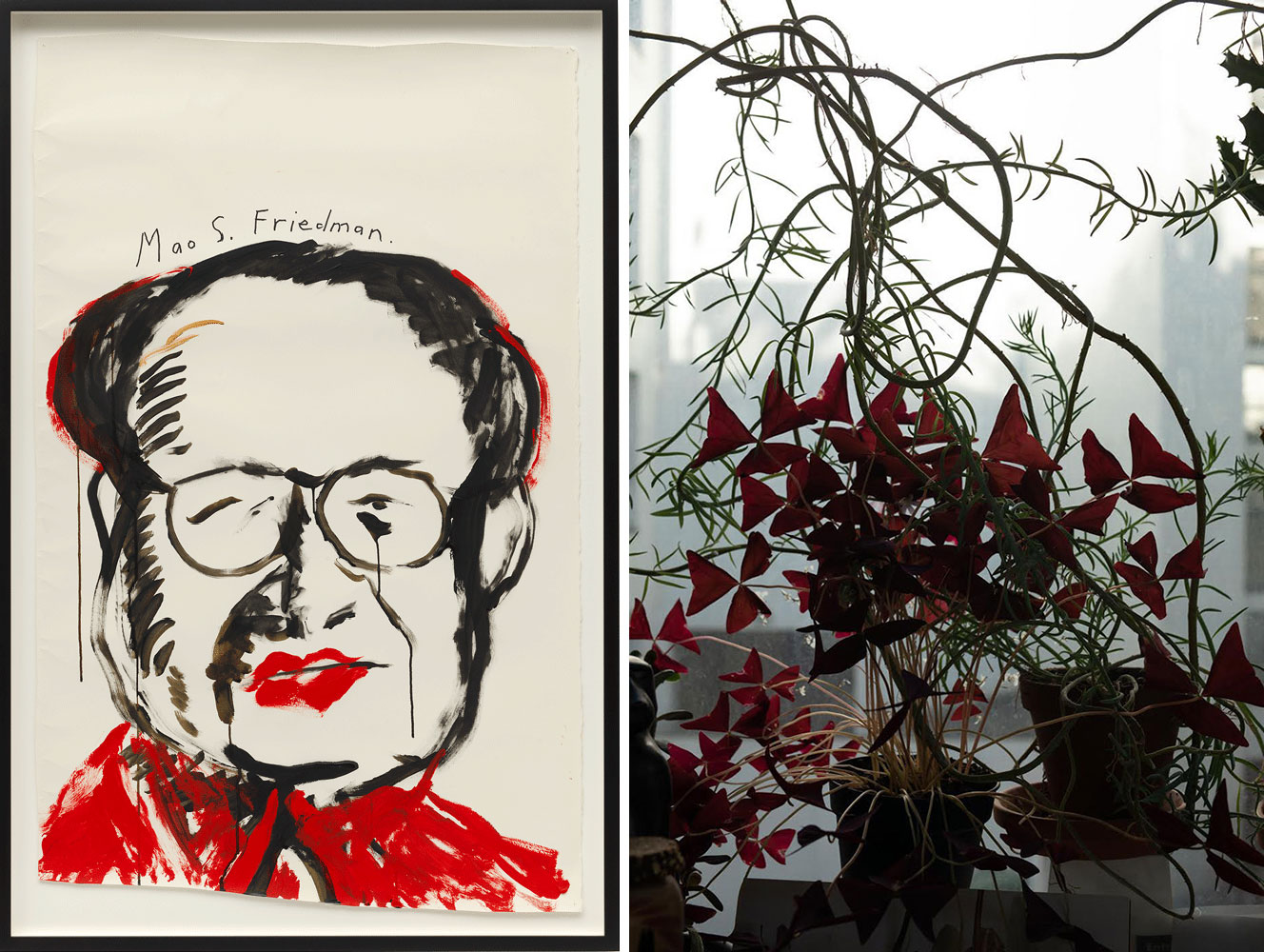
Right: Wolfgang Tillmans, Escape into Space, 2020, Inkjet print on paper, clips, 206.7 x 138 cm, Edition of 1, 1 AP, © Wolfgang Tillmans, Courtesy the artist and David Zwirner Gallery
